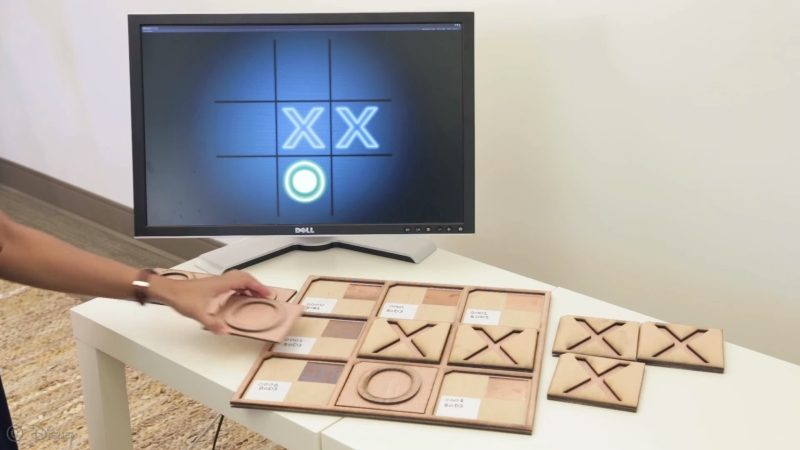Disney Research Create Powerless Interactive Controllers Thanks to RFID
Alexander Neil / 9 years ago

To the uninitiated, the modern gaming controller is a complex and alien device containing multiple buttons on all corners of the device, all with functions that vary depending on the game. This is in direct contrast with Disney Research’s new way of creating low-cost and totally powerless controllers using nothing more than off-the-shelf RFID tags.
As part of a collaborative effort with Carnegie Mellon, Disney’s R&D department have developed a new low-latency method for processing RFID tags. The immediate effect of this is the ability to use the tags in order to transform any mundane object into simple wireless controls, all without requiring them to be powered. This technology has been named “RapID” and is seen as the gateway to the creation of low-cost interactive toys as well as smartbooks and countless other possibilities.
RapID is based on regular passive RFID systems, which rely on the processing power of an external reader in order to detect and interpret RFID tags within its range. Unfortunately, these systems have always suffered from issues such as high latency and poor tracking. These systems would often have reaction times of as much as 2 seconds, compared to the 200-millisecond latency of the RapID devices.
While the technology has been shown as more than adequate to play simple games such as naughts-and-crosses in the physical and digital worlds simultaneously, it is unlikely to be able to handle the more complex inputs required for many modern games, so don’t go throwing away all your controllers just yet.



















